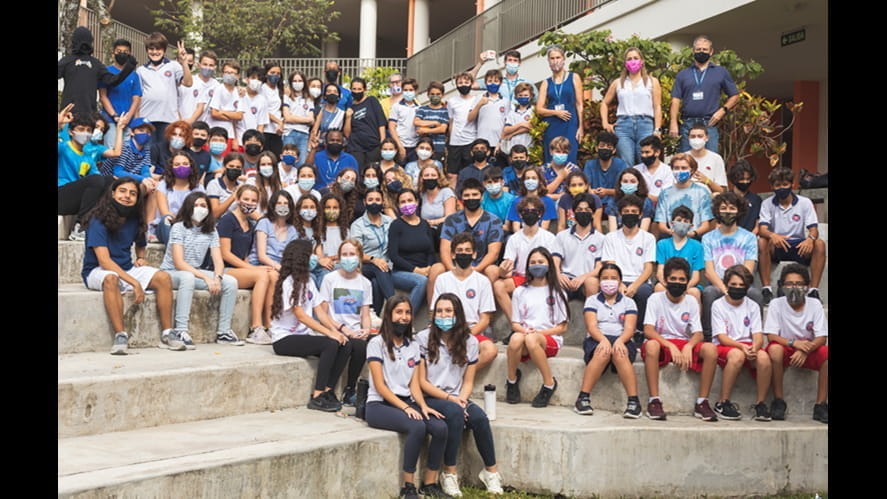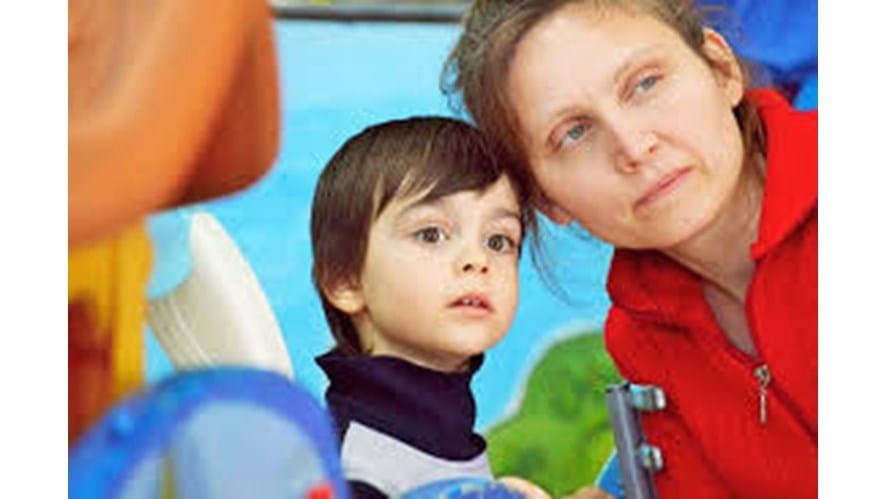As an occupational therapist who has worked for a long time in the school system, I see a significant improvement in self-regulation skills among students when schools consistently reinforce strategies and exercises across the academic environment in a multisensory manner.
Here are some simple self-regulation supports you can utilize with your students (pre-K through grade 5) to address emotional dysregulation, an inability to manage emotional responses well.

SIMPLE BUT EFFECTIVE EXERCISES
1. Handhold: This small-movement physical exercise provides crossing midline (i.e., where one arm or leg crosses to the other side of the body) and proprioceptive (deep pressure) inputs, so it’s a good choice to use when your students are feeling low physical energy, high physical energy, or high levels of emotionality.
Directions for students:
Place your palms together.
Cross your thumbs.
Hold your own hands together tightly and squeeze, keeping your elbows close to your body.
Repeat as needed.
2. Folded coat or sweatshirt: Sitting on a raised surface provides your students with vestibular input (any change in position, direction, or movement of the head), which helps get the nervous system out of fight-or-flight mode—so this can be a useful tool if your students are feeling high levels of emotionality. It also can help wake them up if they are low energy.
Directions for students:
Alternative 1: Place your folded coat or sweatshirt on the seat of your chair; sit on the folded clothing and firmly plant your feet on the floor.
Alternative 2: With a controlled body, try lying on your belly lengthwise across a single row of heavy books placed end to end, balancing carefully, for as long as you can hold yourself steady with flat palms, while also supporting yourself with your legs stretched out, feet reaching the floor. Put the books on a carpeted area to keep them in place.
3. Child’s pose: This position provides both proprioceptive (deep pressure) and vestibular (any change in position, direction, or movement of the head) inputs. By curling inward, your students also have the opportunity to mentally go inward and take a moment for themselves and visually block out the world. This is a good exercise to try if they’re feeling high levels of emotionality or high levels of physical energy. Note: This may be more comfortable on a softer surface such as a rug or carpet.
Directions for students:
Kneel on both knees.
Picture the feeling as being at the center of your body. As you move your body inward, imagine the feeling being squeezed away.
Bring your bottom toward your heels.
Stretch your arms forward, keeping your head down.
4. Mandalas: Did you know that mandalas are a form of meditation? For this activity, students color in the preprinted symmetrical design. The level of difficulty goes from simple to extremely intricate and the amount of focus that your students need to finish coloring a mandala is complete and all-in. This level of attention allows your students to take time out of a busy day and to focus entirely on the act of coloring. This is a great activity if your students are feeling high levels of emotionality or high levels of physical energy. Students in third grade on up can create their own simple mandalas and color them in.

TIPS FOR IMPLEMENTING THE STRATEGIES
I understand the difficulty in being given a list of strategies and being told, “Here, make the magic happen.” So, here are some suggestions for utilizing these exercises with your students.









